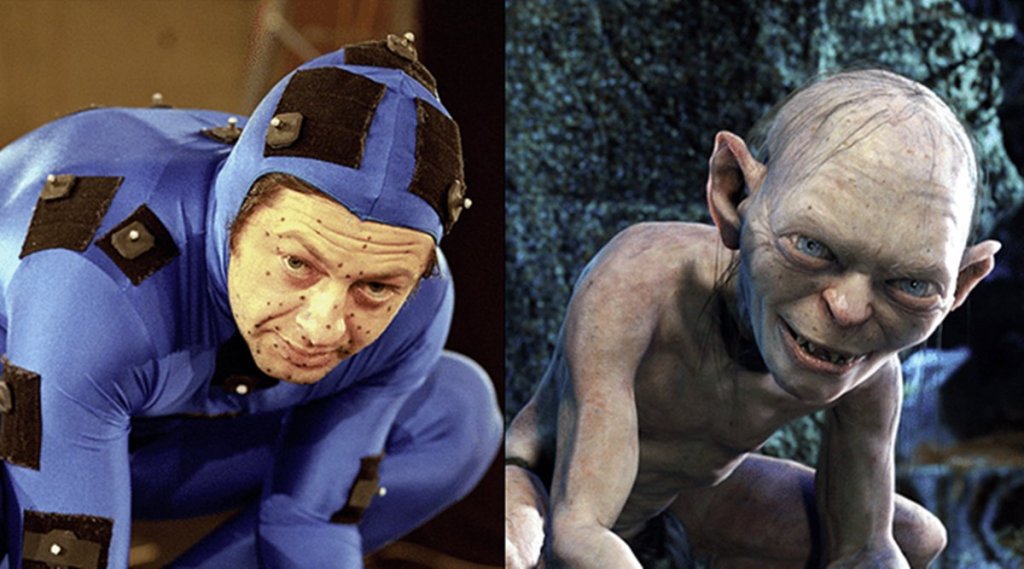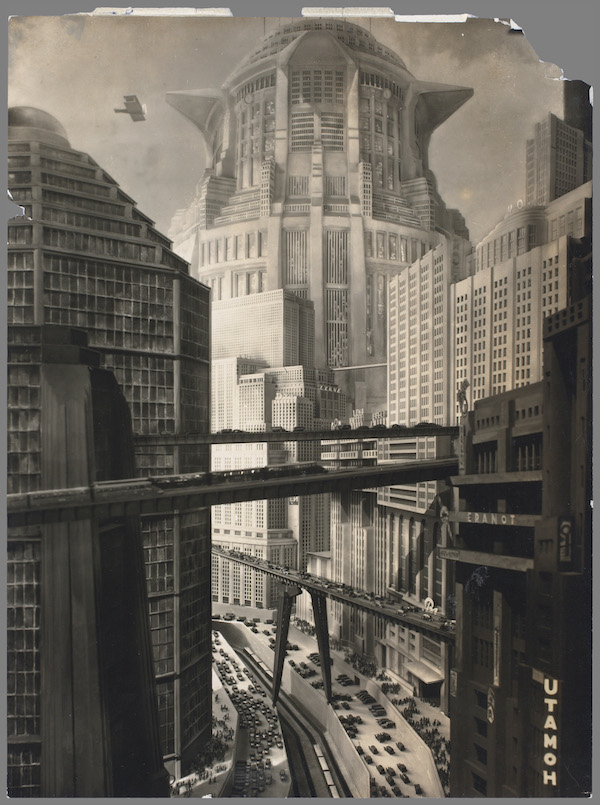
Besides Hollywood in the 1930s, we could single out Germany and Soviet Russia in the 1920s, France in the 1930s, Britain and the Italy of Neo-Realism in the late 1940s, Japan in the 1950s, France again with the Nouvelle Vague of the 1960s, the films of the Prague Spring in the mid-1960s, Czechoslovakia, Germany again with the New German Cinema of the 1970s, the Hollywood of the ‘storytellers’ such as Martin Scorsese and Robert Altman in the same decade, and the Chinese cinema of the Fifth Generation in the 1980s. More recent decades have seen flowerings of film making talent from Iran, South Korea, Thailand, Latin America, and Romania.
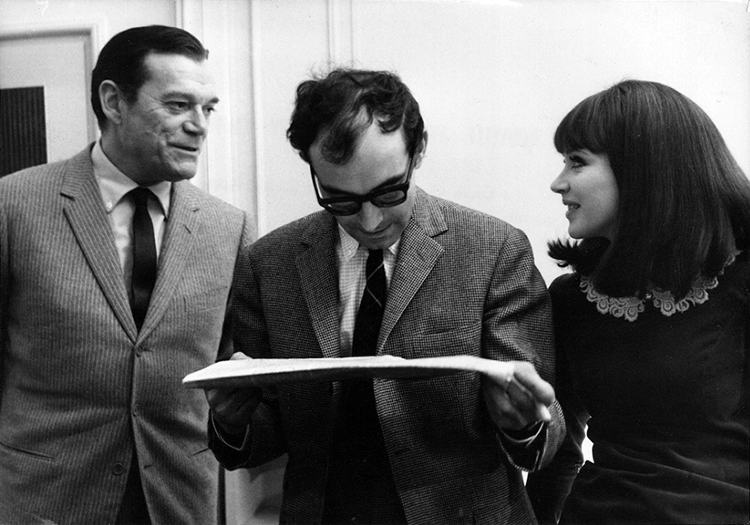

At other times and not always coinciding with a specific golden age certain genres and styles enjoy growth, often in response to a national mood. Looking at Hollywood, a social historian could trace the way in which Film Noir that haunted emanation of the American psyche emerged in the shadows of imminent world conflict just as the perky cheekiness of 1930s screwball comedy reached the end of its cycle, and then continued into the paranoid years of the Cold War, overlapping with-and even infecting-the more optimistic all-American genres of the musical and the Western. Likewise, one could link the cycle of J-horror’ films that began with Ringu (The Ring) by Hideo Nakata to the increase in national uncertainty and disillusionment that followed the crisis in the Japanese economy.

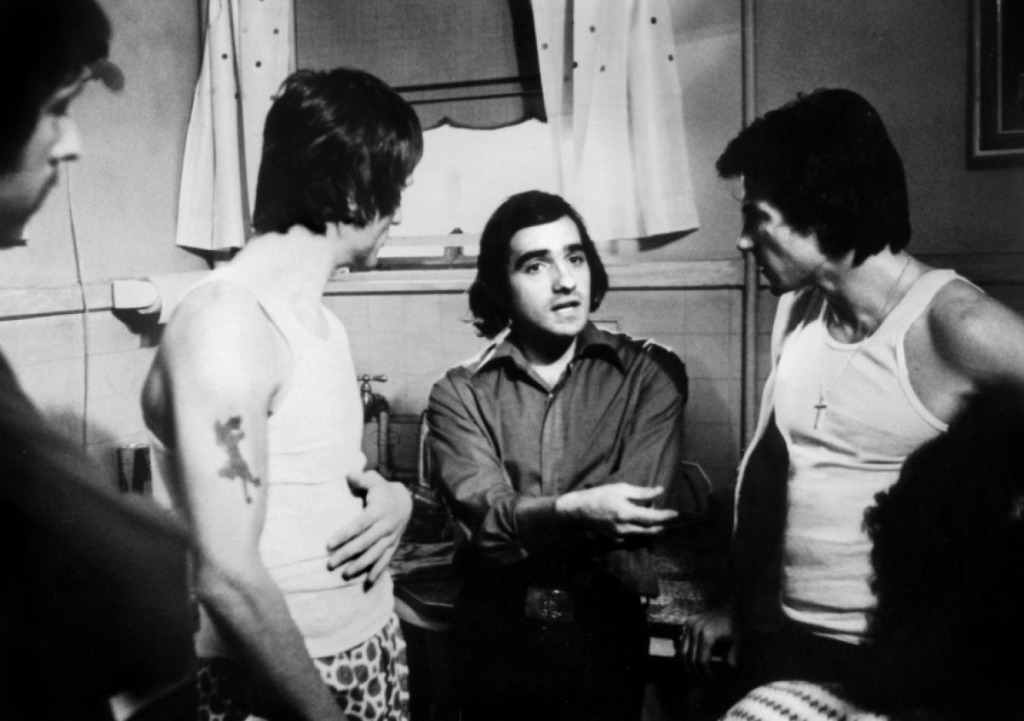
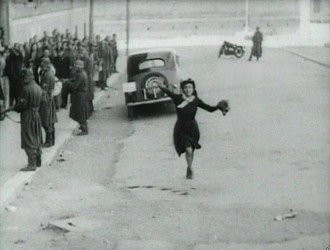
The second century of cinema seems likely to see revolutionary changes within the art form, and possibly even its metamorphosis into something radically different. Within the last three decades, with the rise and growing sophistication of computer-generated imagery (CGI), cinema has become increasingly technology-driven. This, it could be argued, is unprecedented. The earlier major developments in cinematic technology-sound, color, and widescreen-though far-reaching in their impact, remained subordinate to the film making process. Even when their words could be heard and their actions are seen in Technicolor on huge screens, actors still performed in front of a camera, on a set or on location, just as before. However, computers have revolutionized live-action cinema perhaps more than they have changed animation. After all, the makers of Toy Story and its successors are still painting moving pictures, as were Disney’s artists in Bambi all that has changed are the tools.
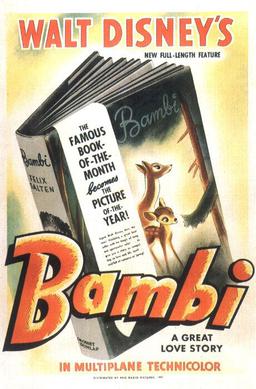

In live action films, not only can huge monsters and vast armies be created on-screen, but also actors can appear on complex landscapes despite never having seen them. Even the actors themselves can be fabricated through motion capture-witness Andy Serkis’s performance as Gollum in the same film-and might even become superfluous as the techniques of CGl and motion capture become more sophisticated. Before long, the first wholly convincing computer-generated ‘human’ actor in a live-action film may be seen, and deceased stars could be resurrected to give new performances.
